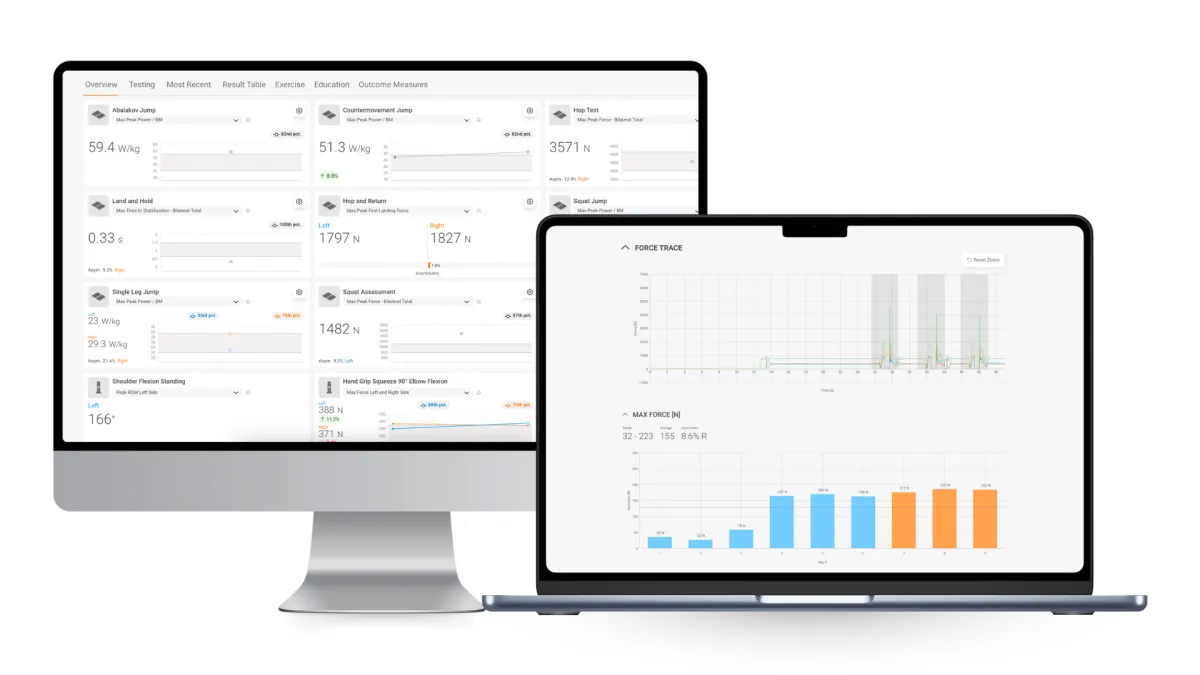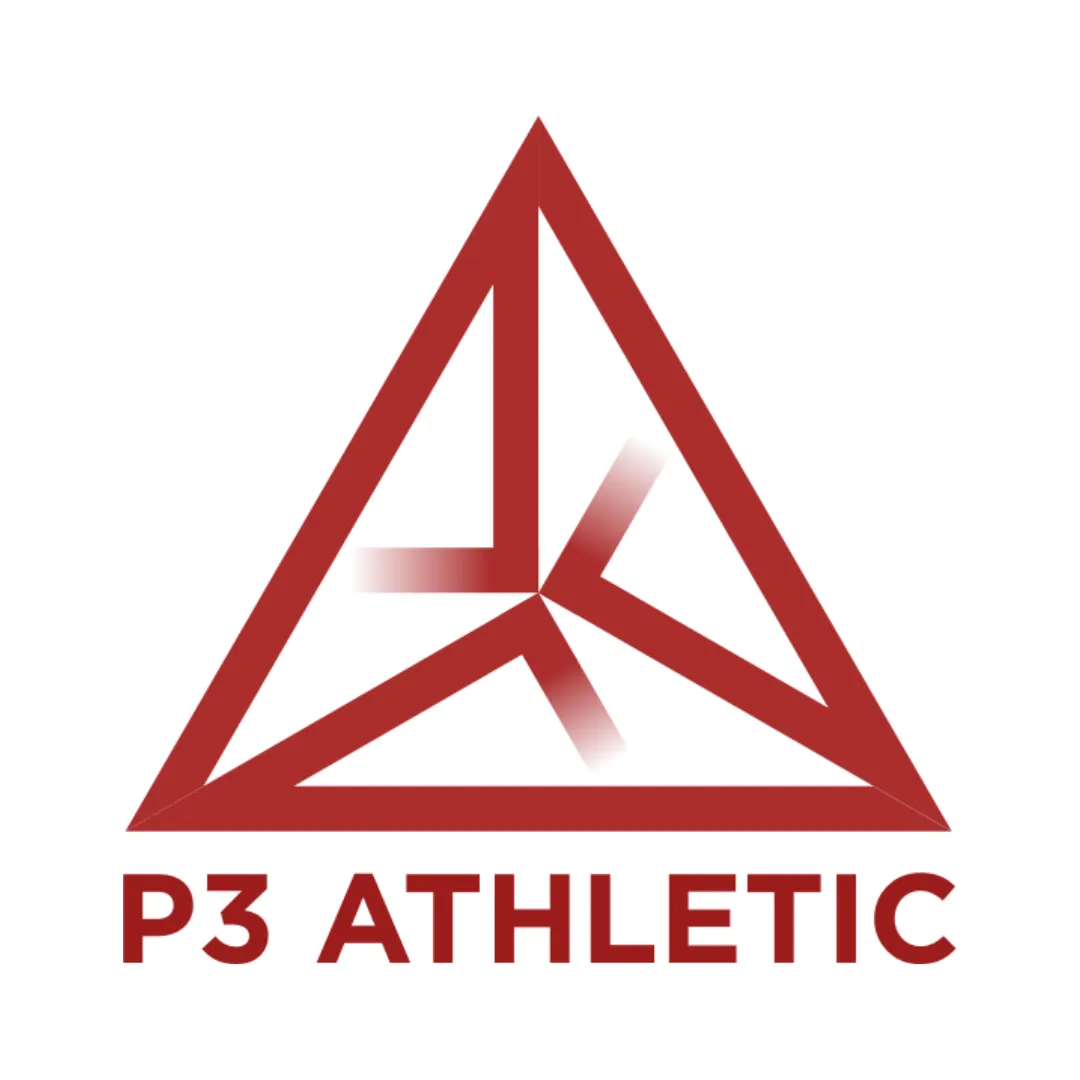
PREVENT, PRIME, PERFORM
This Program Is For You If You...
Want to avoid re-injuries or new injuries from your activity
Want to speed up recovery and healing
Are worried or concerned about being able to jump into activity with friends and loved ones
Want to increase muscle mass and minimize muscle loss with age
Want to improve bone density
Want to improve your cardiovascular health
Want to increase your strength
Want to improve your performance on the field and in the gym
Struggle with consistency and want more accountability
Want to pick up a new sport and activity and not get injured
Here’s What The Sessions May Include:
Consistent data check and testing:
Track improvement
Shows signs of overtraining
Readiness to play
Video analysis
Custom exercise prescription and training tailored to your goals
Soft tissue work to decrease tightness and restrictions
Acoustic Pressure Wave therapy to increase circulation and speed up healing
Normatec Compression therapy to aid in recovery
Injury Prevention Program

Reduced Injury Risk
The primary objective of an injury prevention program is to mitigate the likelihood of injuries during physical activities. By incorporating specific exercises targeting strength, flexibility, balance, and proprioception, individuals can enhance their body's resilience to withstand the demands of sports and exercise.

Improved Movement Patterns
These programs often focus on correcting faulty movement patterns and biomechanical imbalances that predispose individuals to injuries. By optimizing movement mechanics, athletes can perform their sports-specific tasks more efficiently, reducing the strain on vulnerable tissues and structures.

Enhanced Muscle Strength and Endurance
Strengthening exercises included in injury prevention programs not only fortify muscles but also improve their endurance. This is crucial for sustaining optimal performance throughout training sessions or competitions and reducing fatigue-induced compensation mechanisms that may lead to injuries.

Better Flexibility and Mobility
Flexibility exercises incorporated in these programs enhance joint range of motion and muscle elasticity, reducing the likelihood of strains, sprains, and other soft tissue injuries. Improved mobility allows athletes to move more freely and efficiently, reducing stress on joints and minimizing the risk of overuse injuries.
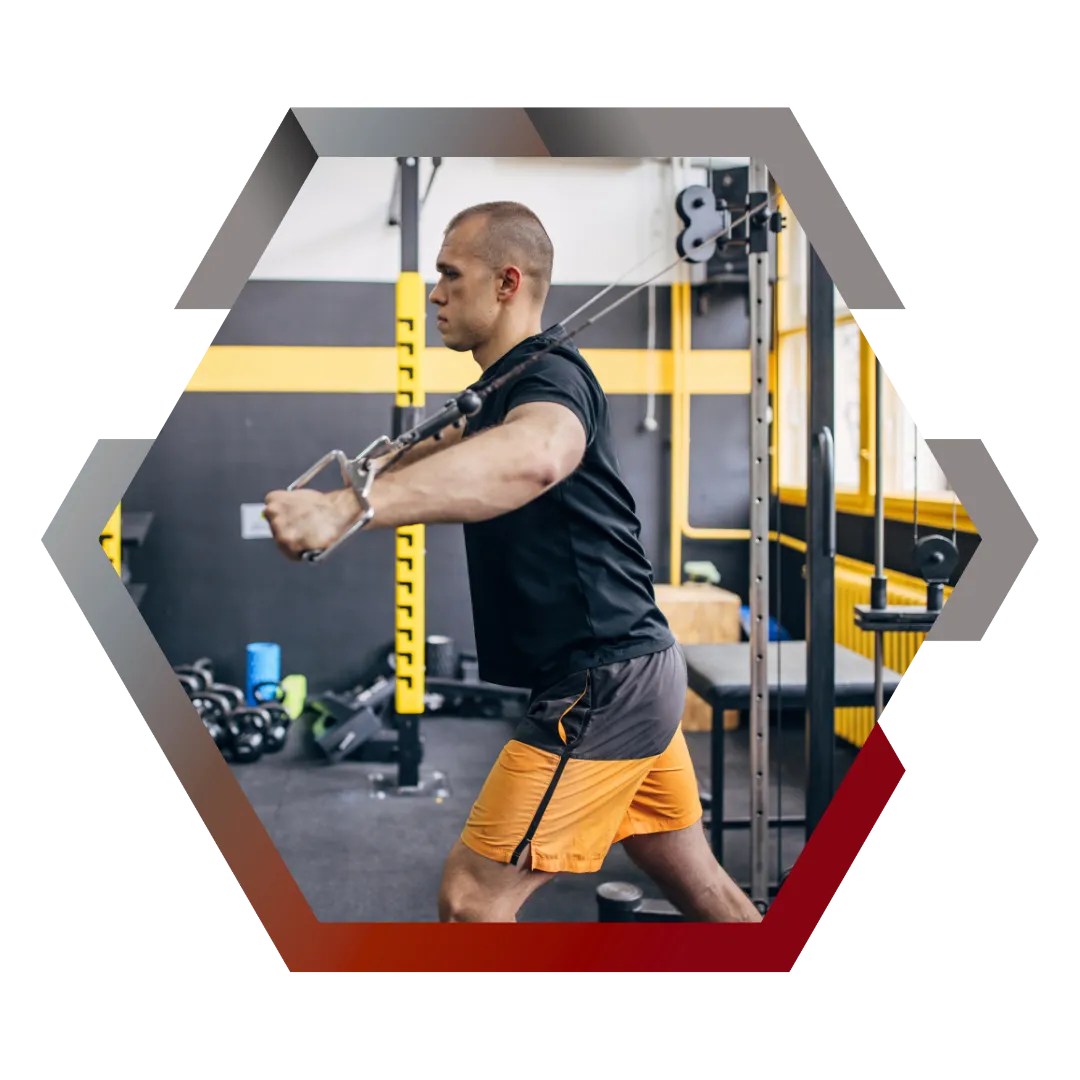
Increased Body Awareness
Injury prevention programs often include proprioceptive and balance exercises, which enhance body awareness and neuromuscular control. This heightened sense of proprioception enables athletes to react swiftly to perturbations and adapt to unpredictable movements, reducing the risk of falls and traumatic injuries.
Performance Training

Optimized Athletic Performance
Performance training aims to improve various components of fitness, such as strength, power, speed, agility, and endurance, tailored to meet the specific demands of the sport or activity. By enhancing these attributes, athletes can perform at their peak potential, outmaneuver opponents, and achieve better results.

Increased Power and Explosiveness
Power-focused training methods, such as plyometrics and Olympic lifting, enhance the rate of force production, enabling athletes to generate explosive movements crucial for sprinting, jumping, and rapid changes in direction commonly seen in sports like basketball, soccer, and tennis.

Enhanced Speed and Agility
Speed and agility drills improve reaction time, acceleration, deceleration, and change-of-direction abilities. These attributes are paramount for athletes to swiftly navigate the field or court, evade defenders, and capitalize on scoring opportunities, ultimately influencing the outcome of competitive matches.
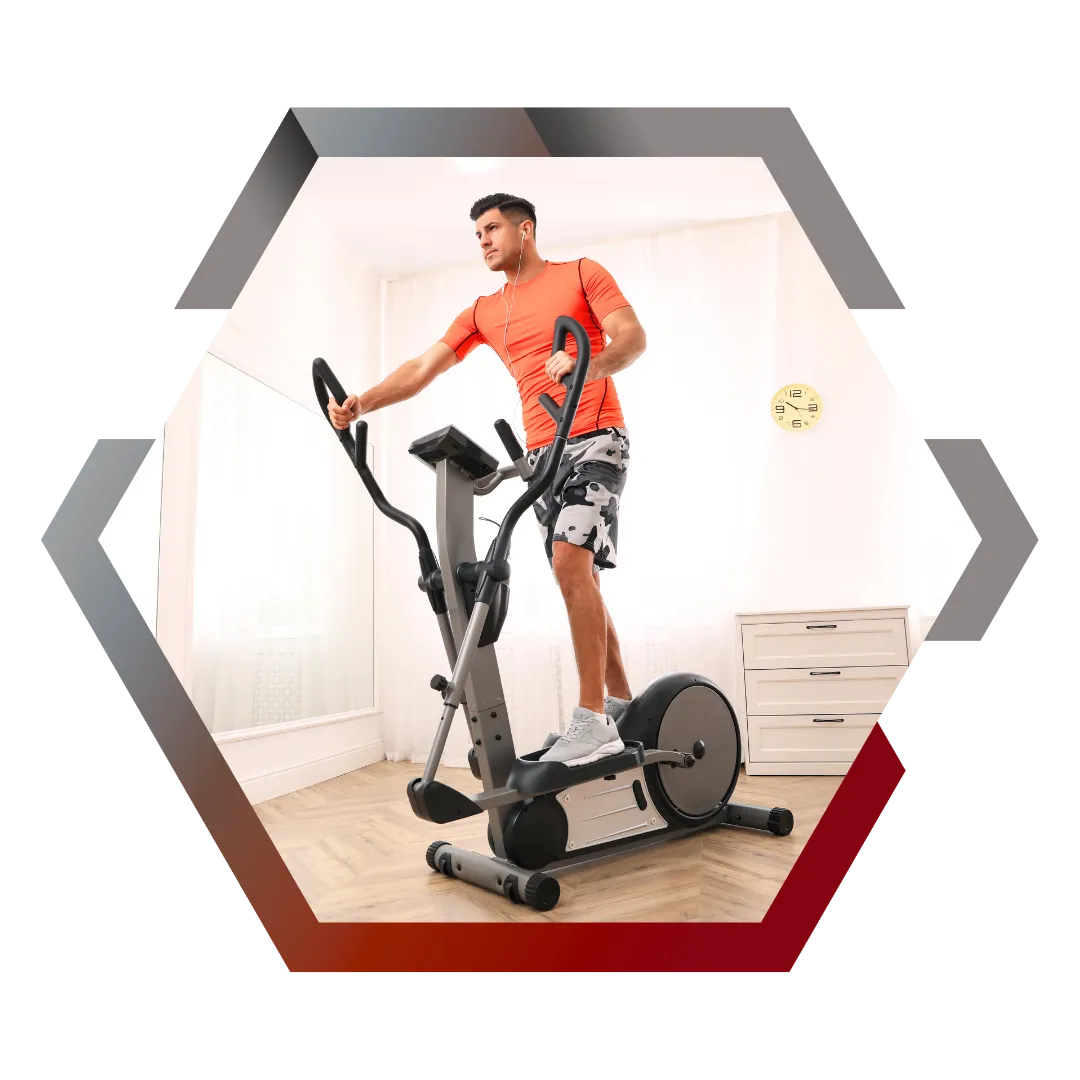
Improved Cardiovascular Fitness
Endurance training protocols, including aerobic and anaerobic conditioning, boost cardiovascular fitness and muscular endurance. This enables athletes to sustain high-intensity efforts for prolonged durations, delay fatigue, and recover more efficiently between bouts of intense activity.
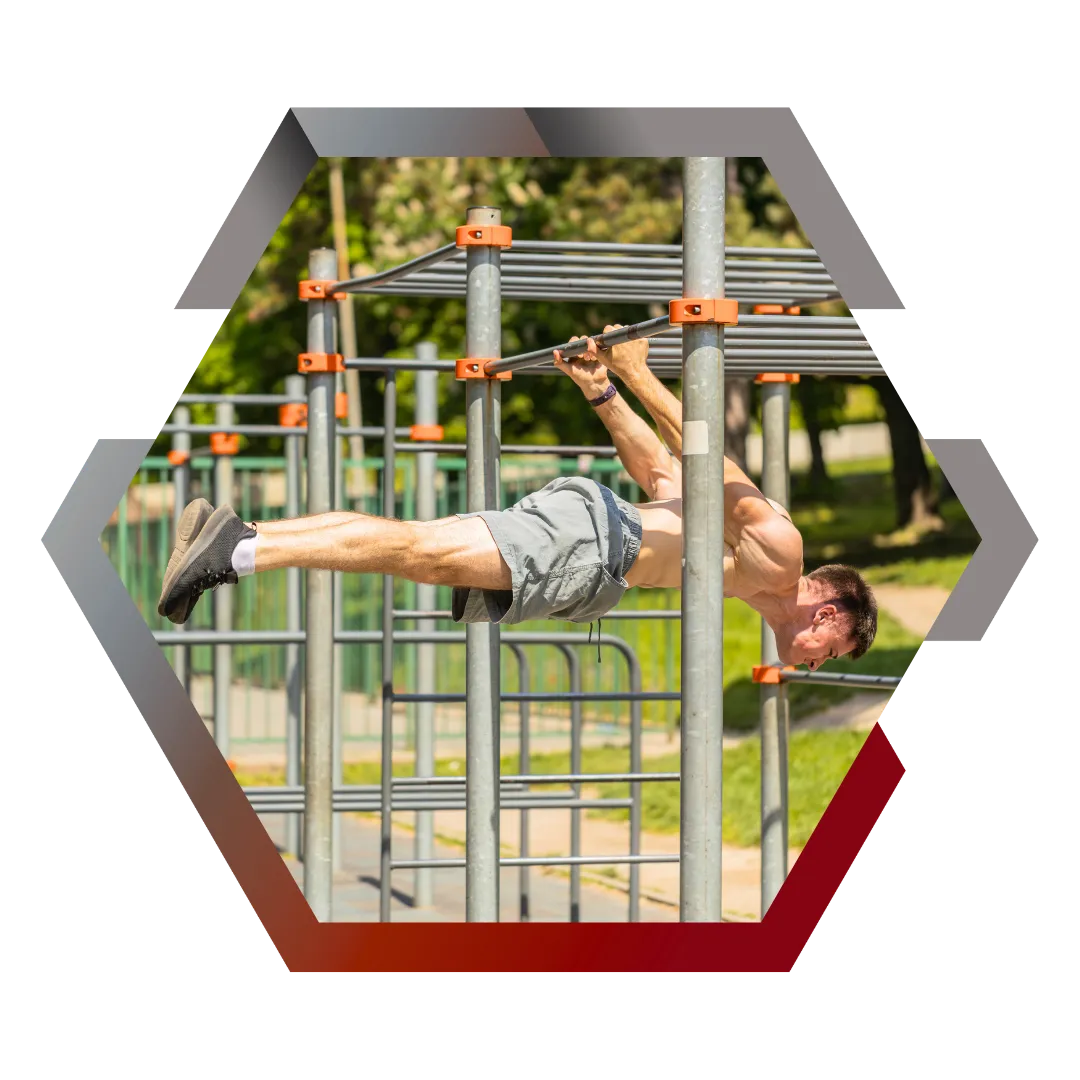
Injury Resilience
Performance training not only enhances physical performance but also contributes to injury resilience by strengthening muscles, ligaments, tendons, and bones. Additionally, improving movement mechanics and addressing muscular imbalances reduce the risk of overuse injuries commonly associated with repetitive sports movements.
If you’re ready to make the next leap with your health, fitness, and performance, please let our team know immediately. We can only take 10 clients a month for this special program.
ForceDecks and DynaMo
ForceDecks
ForceDecks utilize calibrated load cells to measure force during movement, evaluating neuromuscular performance and limb asymmetries. Once limited to elite sports, P3 now provides accessible assessments of strength, movement, and balance — no biomechanics knowledge needed.
DynaMo
DynaMo’s modular, ergonomic design, combined with seamless data collection and one-click reporting, streamlines strength and ROM assessments across multiple joint tests. Smart attachments further increase its versatility, offering expanded testing options and flexibility.
